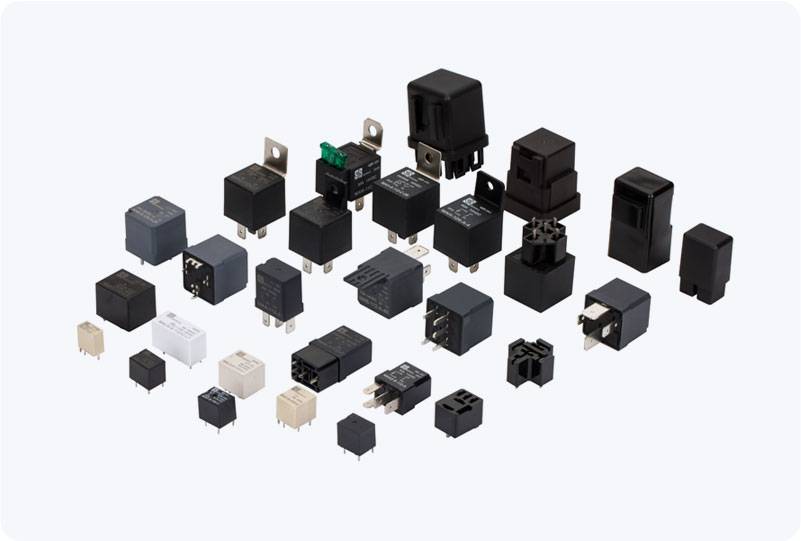Motor Control Power Relays are essential components in modern electric motor control systems. They play a crucial role in managing the operation, protection, and control of electric motors in various industrial, commercial, and residential applications. These relays act as switches that control high-power circuits by using low-power control signals, making them an integral part of automation systems. In this article, we will explore the functions, working principles, and applications of Motor Control Power Relays, highlighting their importance in electric motor systems.

What is a Motor Control Power Relay? A Motor Control Power Relay is an electromechanical device that is used to control the switching of electrical circuits, particularly those involving electric motors. It allows operators to control the operation of the motor from a remote location, ensuring that motors start, stop, or even reverse direction based on specific control signals. The relay serves as an intermediary between the control circuit and the motor circuit, allowing for efficient and reliable motor operation while also protecting the motor from potential damage. Key Functions of Motor Control Power Relays